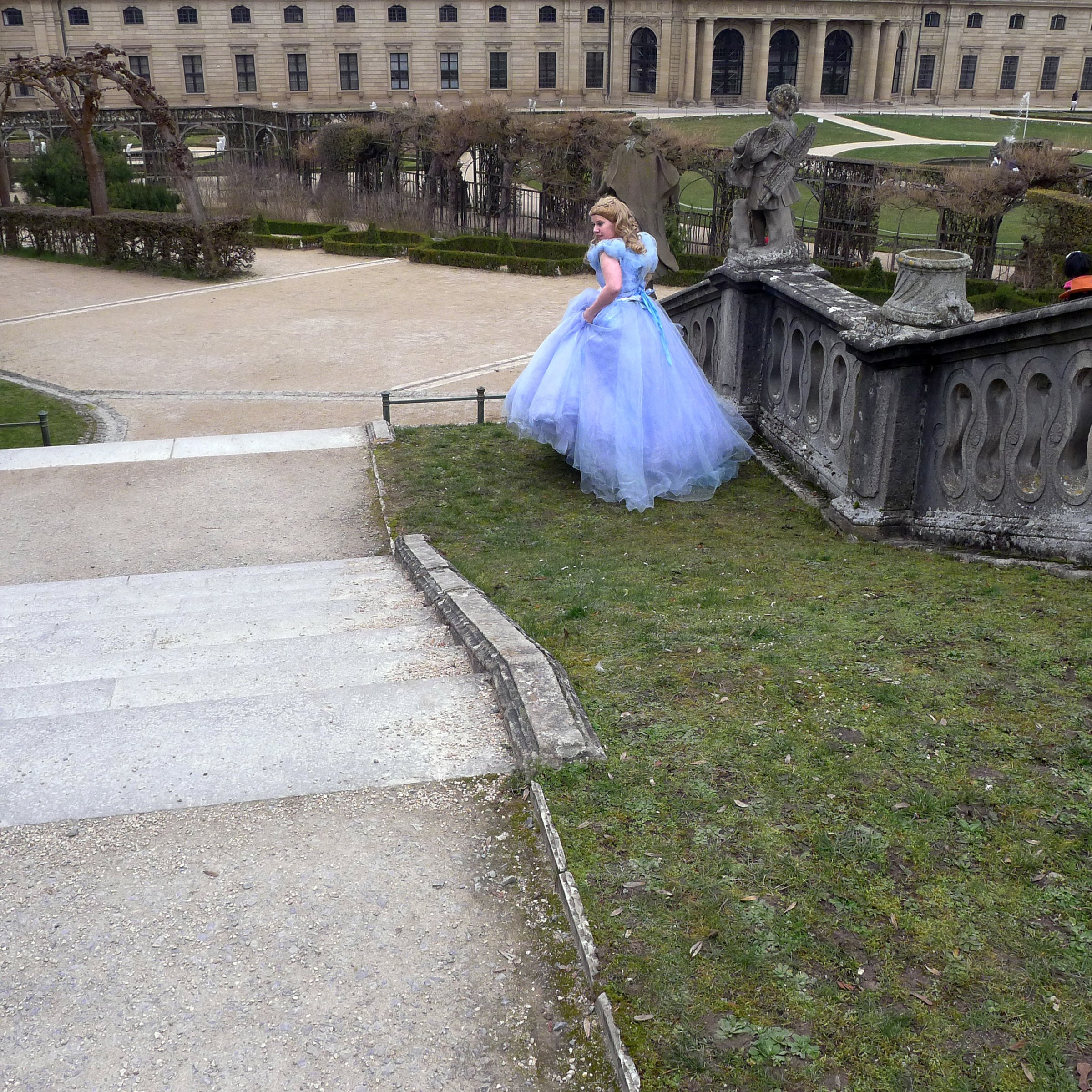
The figures face away from the camera, isolated and out of place. Driving rain and flat, grey skies form the backdrop to the utilitarian buildings that now serve as “home.”
For Eyad Abou Kasem, the journey of the Syrian refugee is not singular. Hopelessness strikes a collective chord.
As both photographer and subject, Abou Kasem traveled as a refugee from his home in Damascus to Europe in the summer of 2015. He arrived in Germany after going overland to Turkey and crossing to Greece by boat. Once in Bavaria, in southern Germany, he was assigned to the refugee camp at the Balthasar-Neumann-Kaserne military base in Würzburg, where most of the pictures from this series were taken.
The photo diary – which he calls A Small Forest on the Other Side – helped Abou Kasem come to terms with the reality of his new life in Europe.
An estimated 11 million Syrians have fled their homes since the outbreak of civil war in March 2011. The majority have sought refuge in neighboring countries such as Turkey, Lebanon and Egypt, while 6.6 million are displaced within Syria itself, according to the United Nations High Commissioner for Refugees. Just over one million have requested asylum within Europe. Germany, with more than 300,000 cumulated applications, and Sweden, with 100,000, are the E.U.’s top receiving countries.
“When the refugees came to Germany or Europe in general we were shocked by the things we’d seen,” Kasem tells TIME. “When we arrived we thought it was going to be all good and nice and fancy. But the reality was different of course. Everybody started to think, ‘Maybe I want to go back, maybe it’s not for me…maybe I can try to live somehow in Syria.’”
One photo of a woman in a pale blue ball gown, running down the steps of a Bavarian palace, represents the European fairytale that Kasem and his fellow refugees had dreamt of. It was taken at the Würzburg Residence palace during a Manga convention and while the scene is somewhat fictional, it is in sharp contrast to the gloomy, blurred images of the refugee camp.
Some asylum seekers returned to their home country soon after arriving in Germany, says Abou Kasem, but the majority stuck it out. While he only lived in the camp for eight months, he knows people who have been there for six years or more. “I don’t know how they do that,” says Abou Kasem. The camp is an “in-between” place to him; the rooms are bare concrete, divided by tarpaulin, with very few or no belongings. One photo labeled The House or Apartment in Which Someone Lives is intentionally ironic.
Following an intense and sometimes dangerous journey, the final destination for refugees often falls short. There is a sense that what is supposed to be “home” could not feel less so.
“You change your country, you go through a weird journey and then you are stuck in a weird place,” says Abou Kasem. “You cannot really interact with the German people. It’s not closed, you can go out, but you feel somehow that you’re treated like a different thing. But after you are out of the camp, it’s normal. Those feelings start to fade away.”
Abou Kasem had used a film camera while working in Turkey and Greece but soon after arriving in Germany – with Syrian refugees as his focus – he switched to a small digital camera. This was to make his subjects feel more comfortable. “It is more scary to see a camera than to see a gun in Syria right now,” explains Abou Kasem. “I felt like the Syrian people would not be as worried if I used a small camera.”
The switch also echoed a change in direction for his work. The focus became less journalistic and more personal. Prior to this, he felt his photos looked like “any other that had been taken of a refugee in the last three years” and didn’t seem “anything special,” he says. “It wasn’t until a few months in that we started to realize that this project was a photo diary.”
His new intention was partly influenced by his mentor, Tanya Habjouqa from the Arab Documentary Photography Program, which provides support to photographers from across the Arab Region. Abou Kasem was a 2015 grantee of the program, which was established by Magnum Foundation and the Prince Claus Fund in partnership with the Arab Fund for Arts and Culture. The project really “takes care of its photographers,” says Abou Kasem.
The series may be more intimate than his previous work but it still holds back from focusing on a specific story. Most of the subjects’ faces are turned away from the camera and appear indistinct. “This happened in the editing process later,” he says. “With the people photos I somehow felt it’s not about somebody in particular. Someone could be anyone, like everyone in the picture could have been any refugee.”
Eyad Abou Kasem is an independent photographer from Syria, currently living in Germany.
Alice Gabriner, who edited this photo essay, is TIME’s International Photo Editor.
Alexandra Genova is a writer and contributor for TIME LightBox. Follow her on Twitter and Instagram.
51.16569110.451526
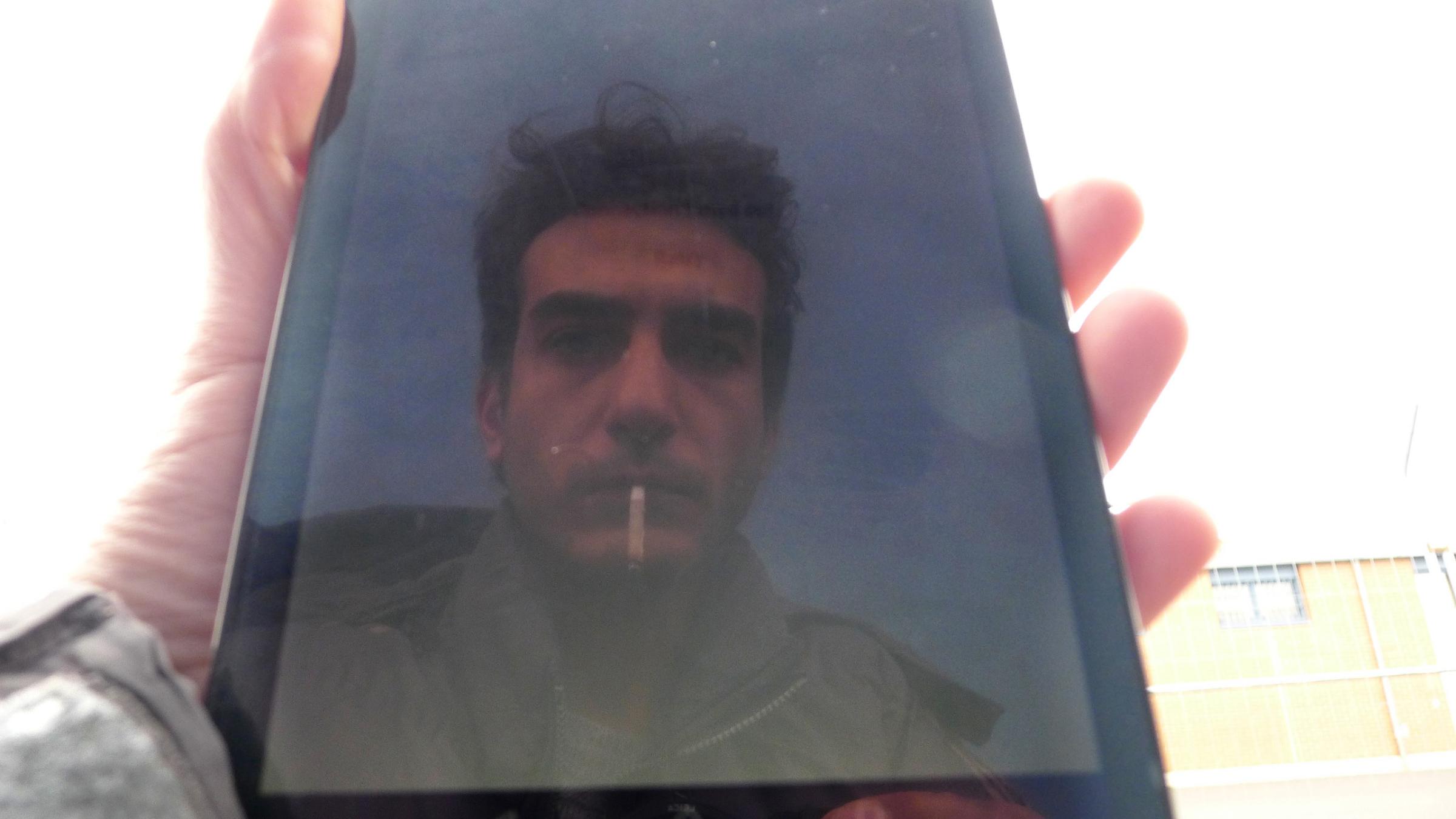
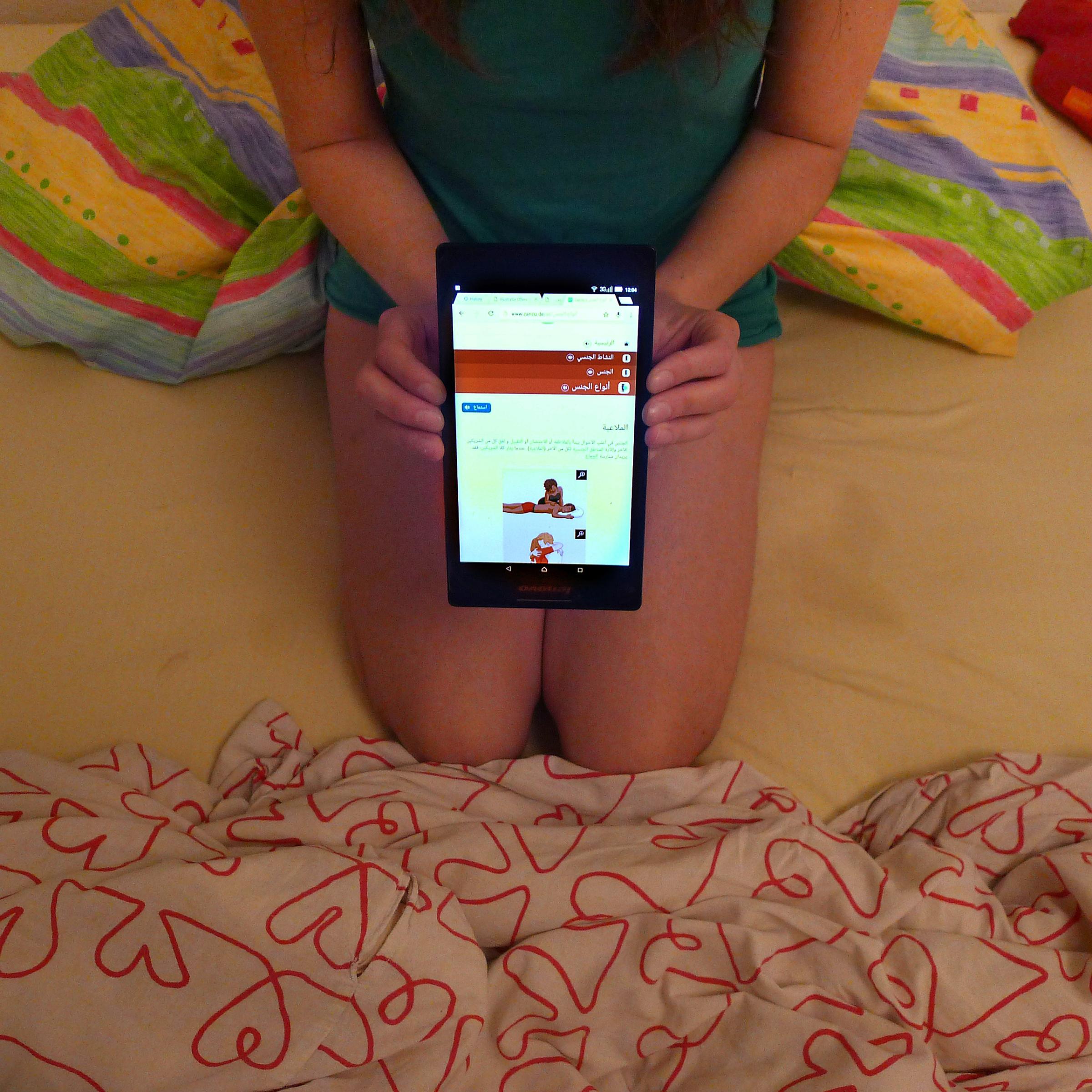

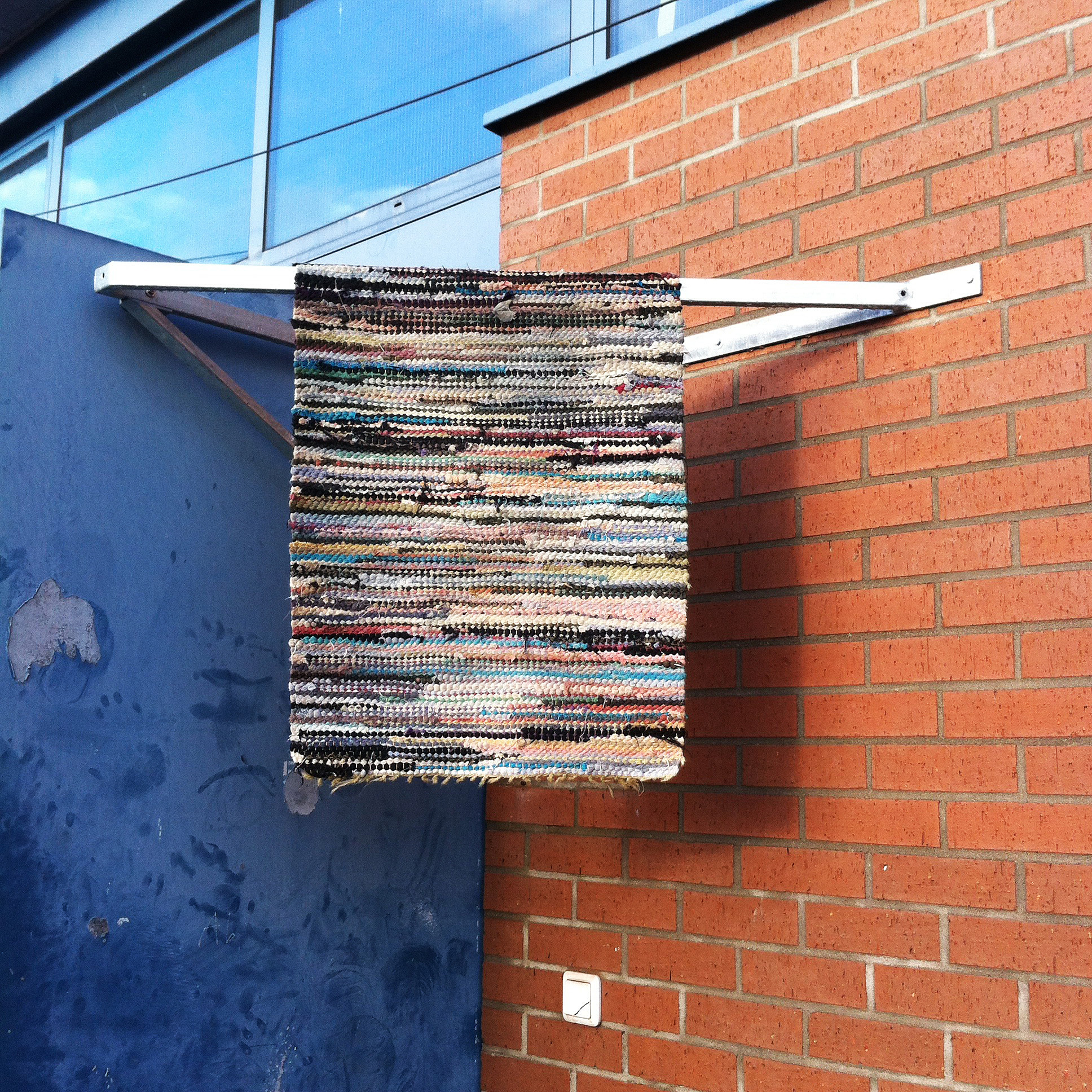

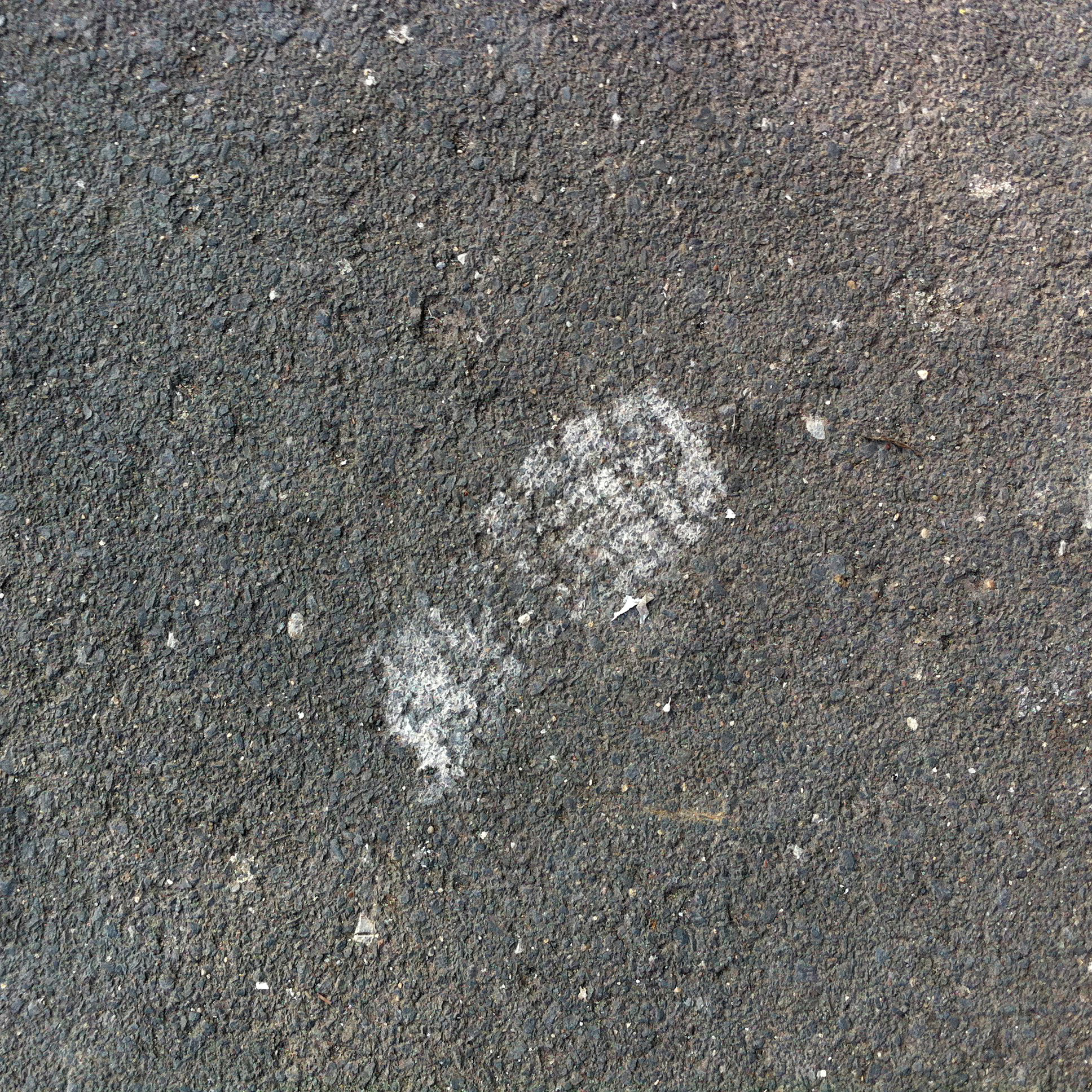
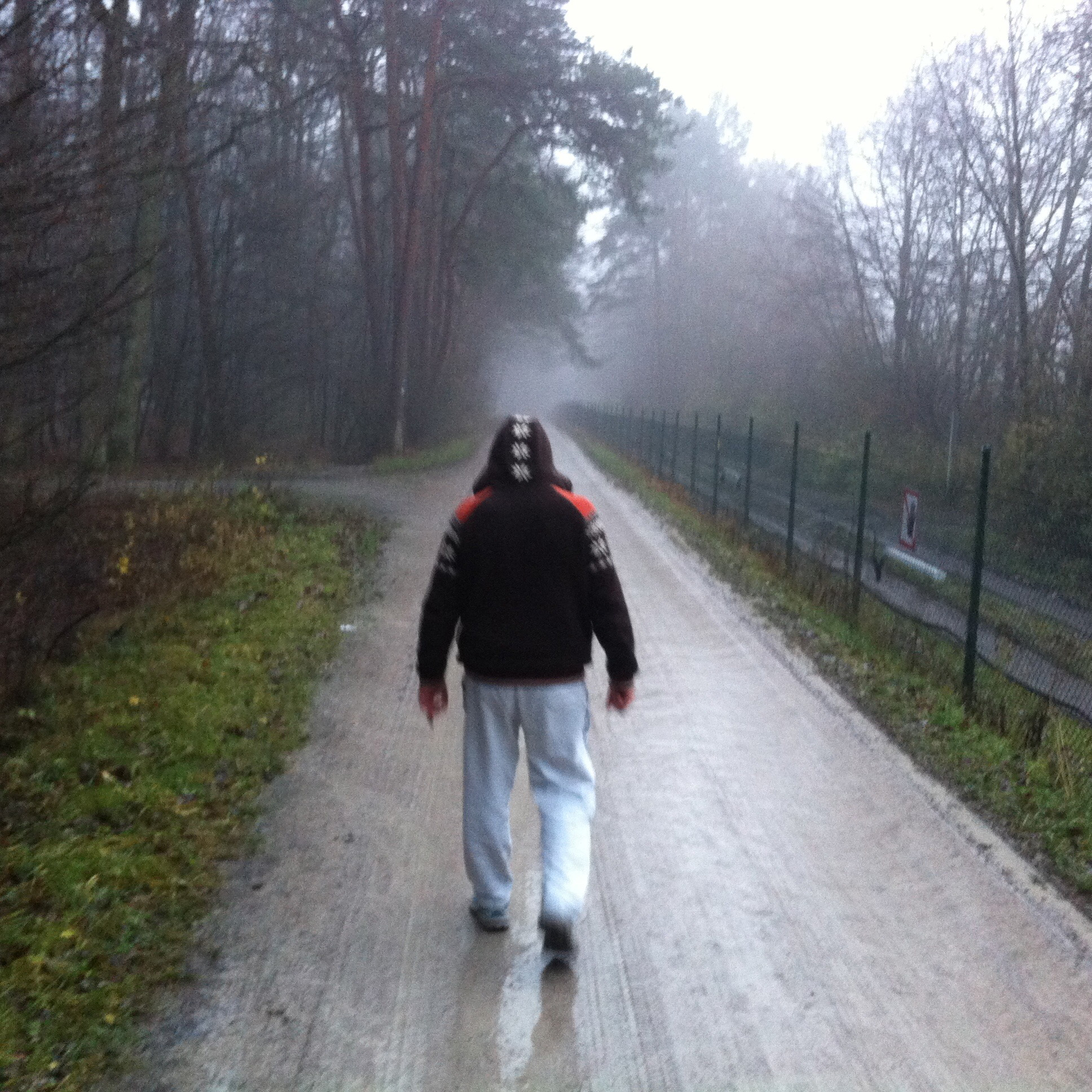
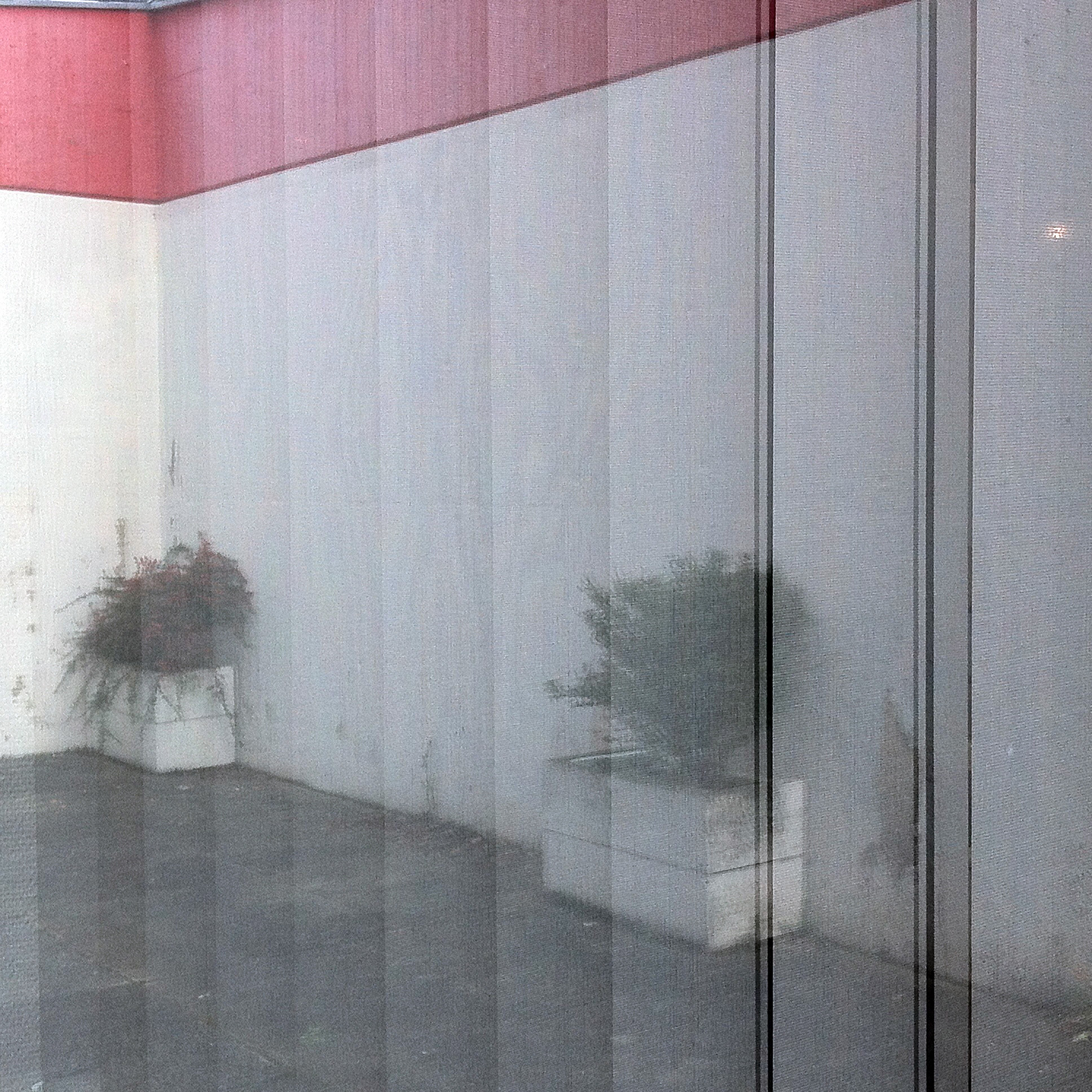
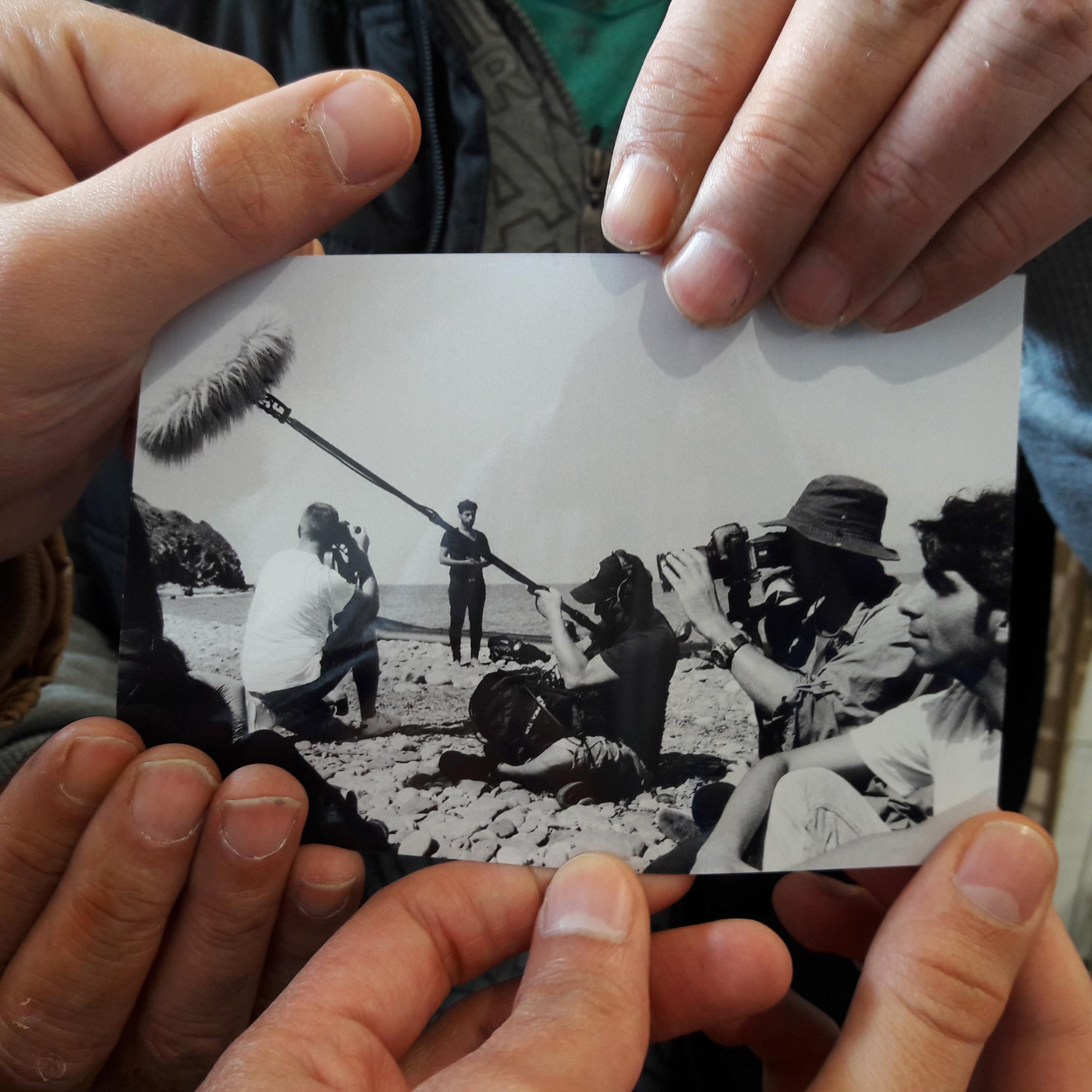
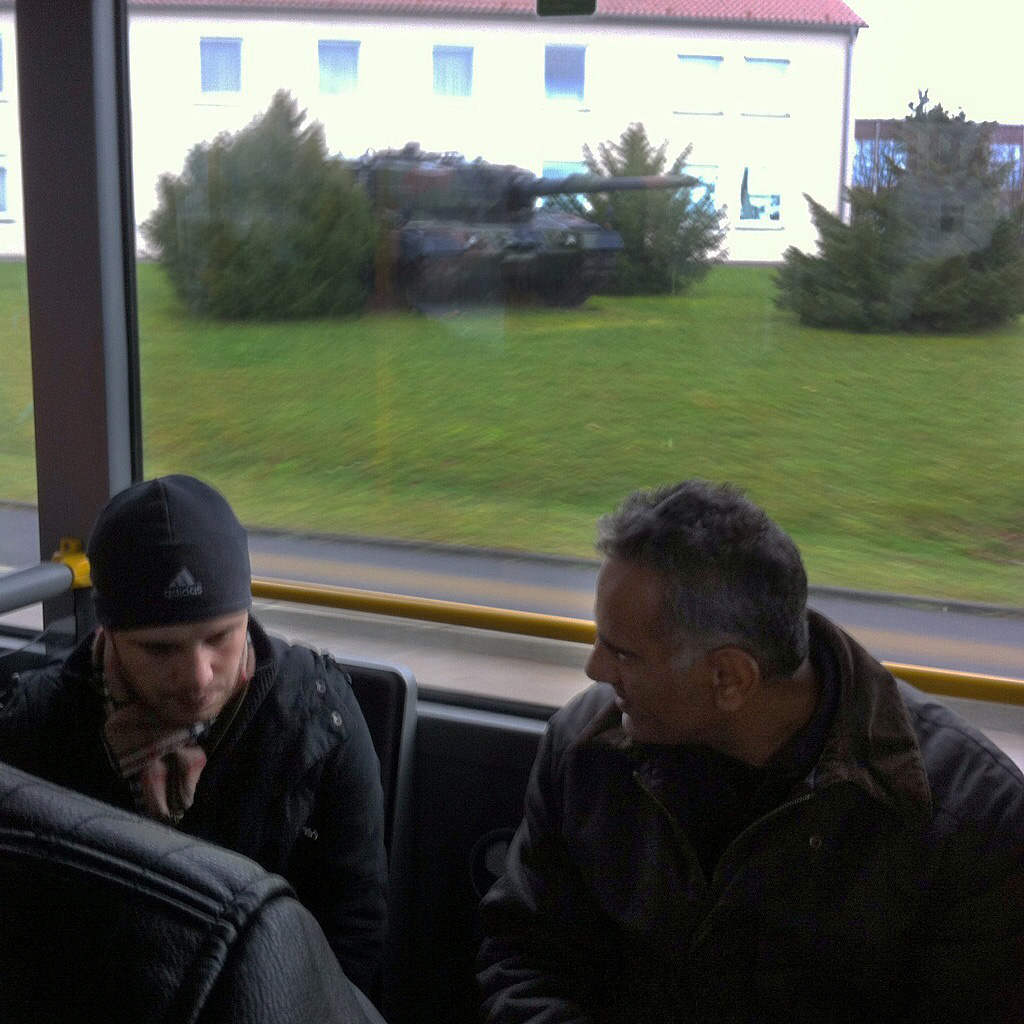
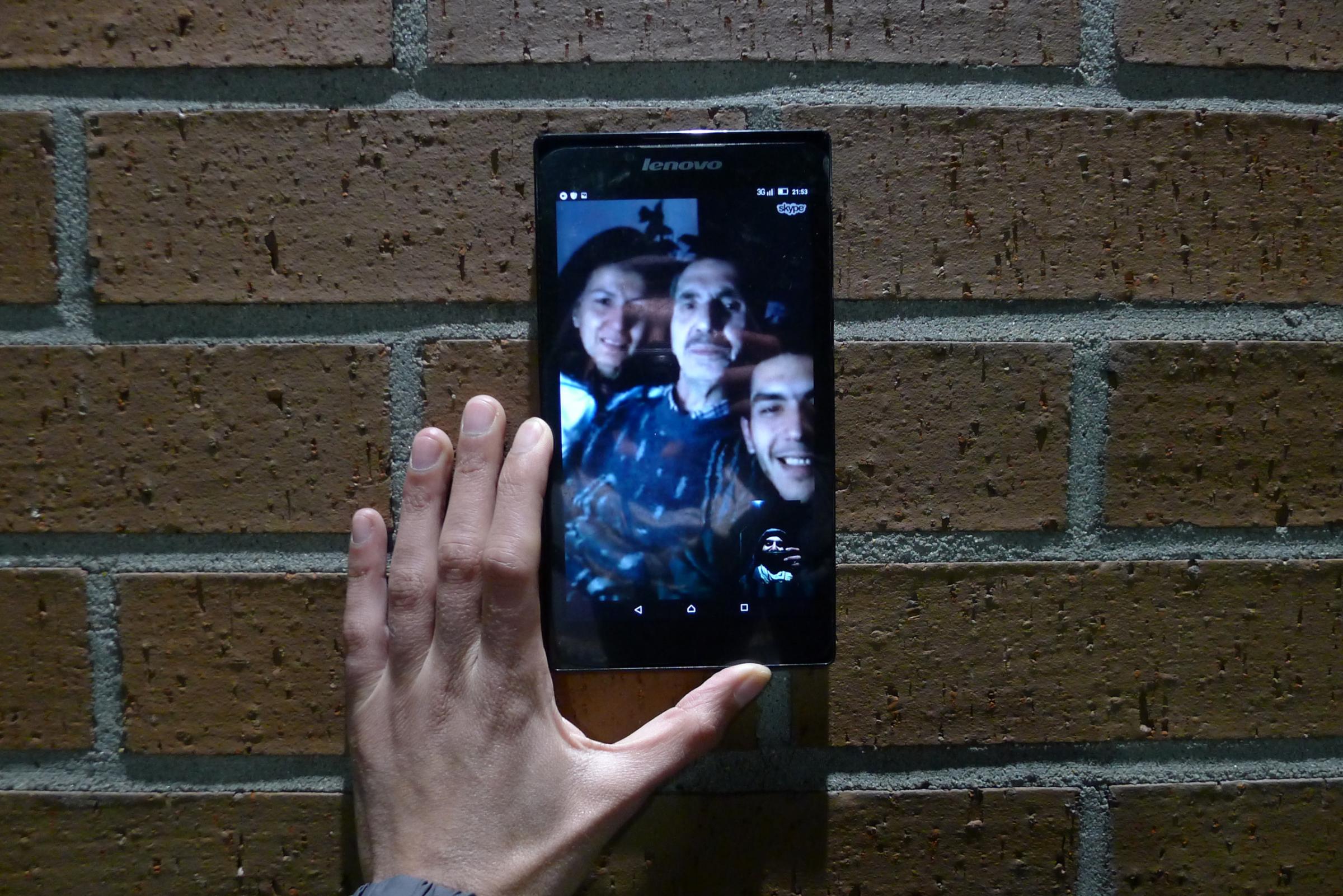


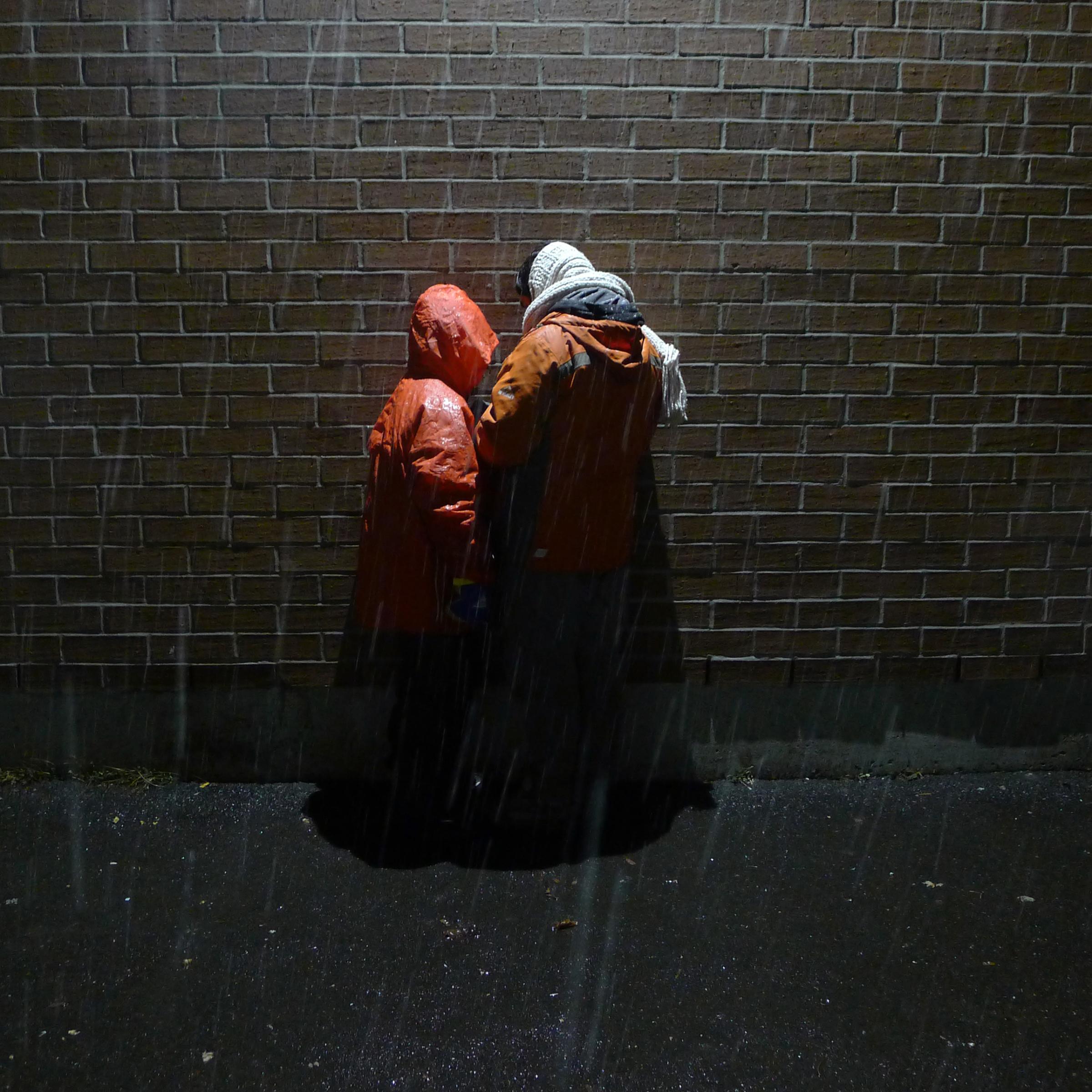
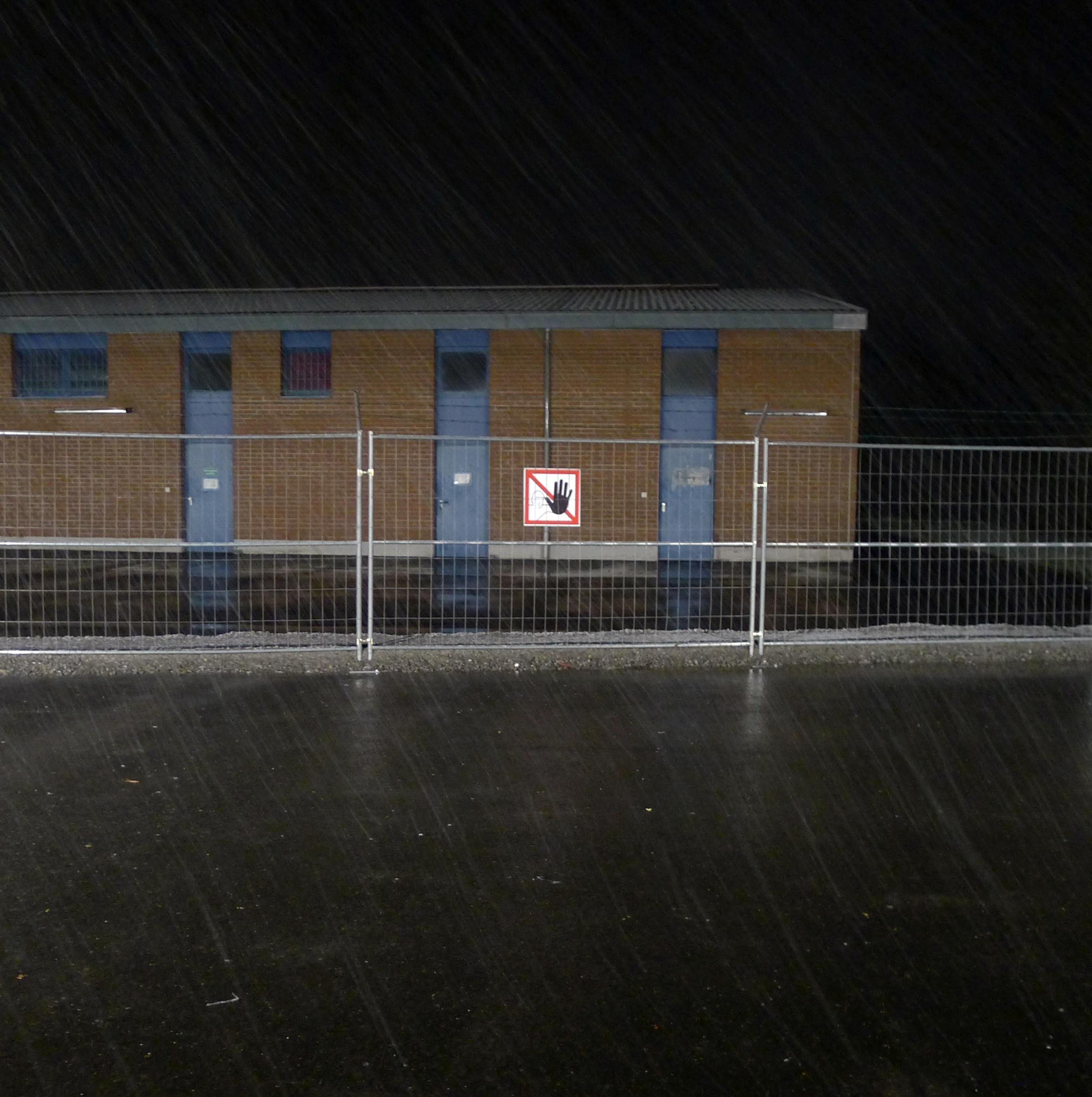
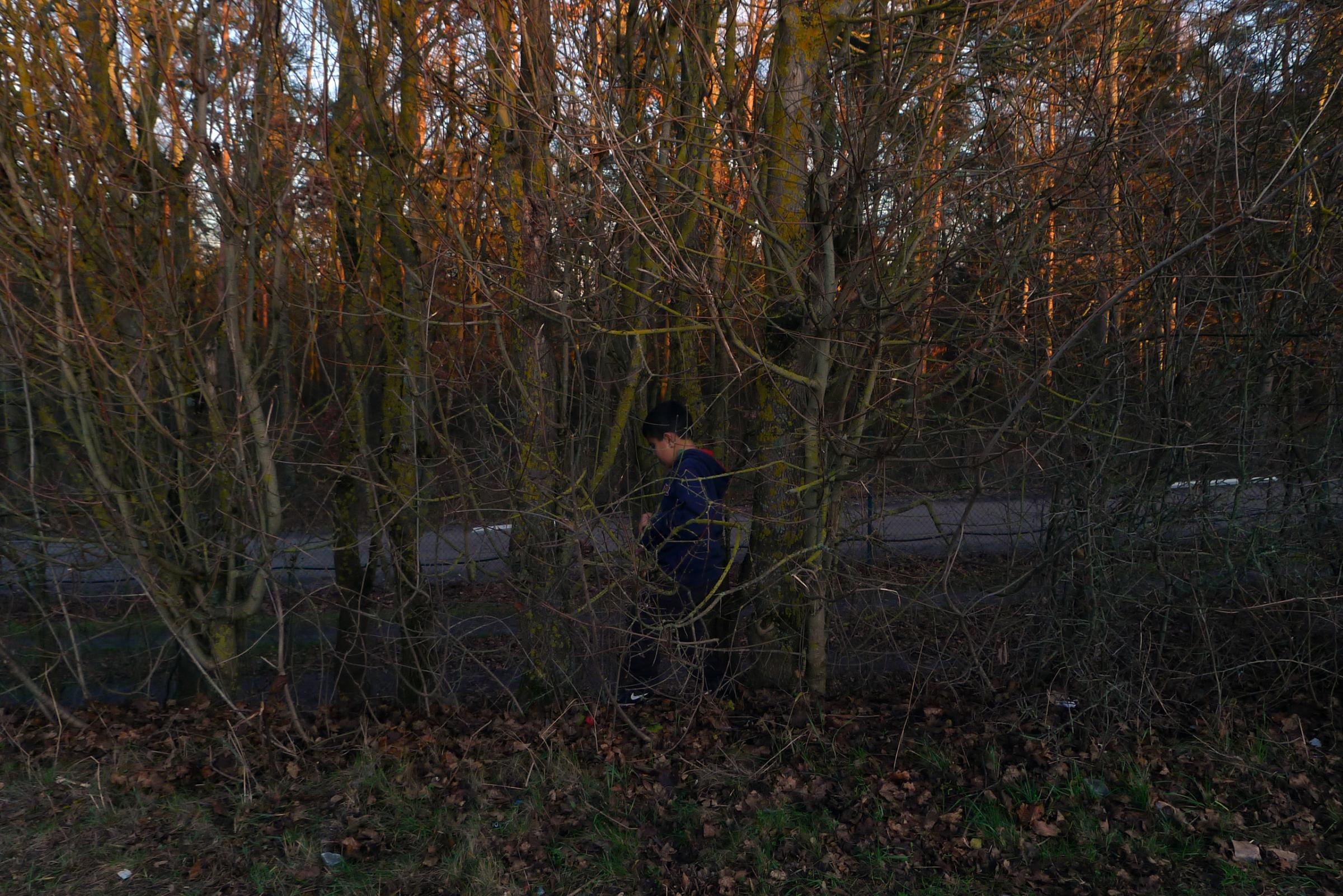

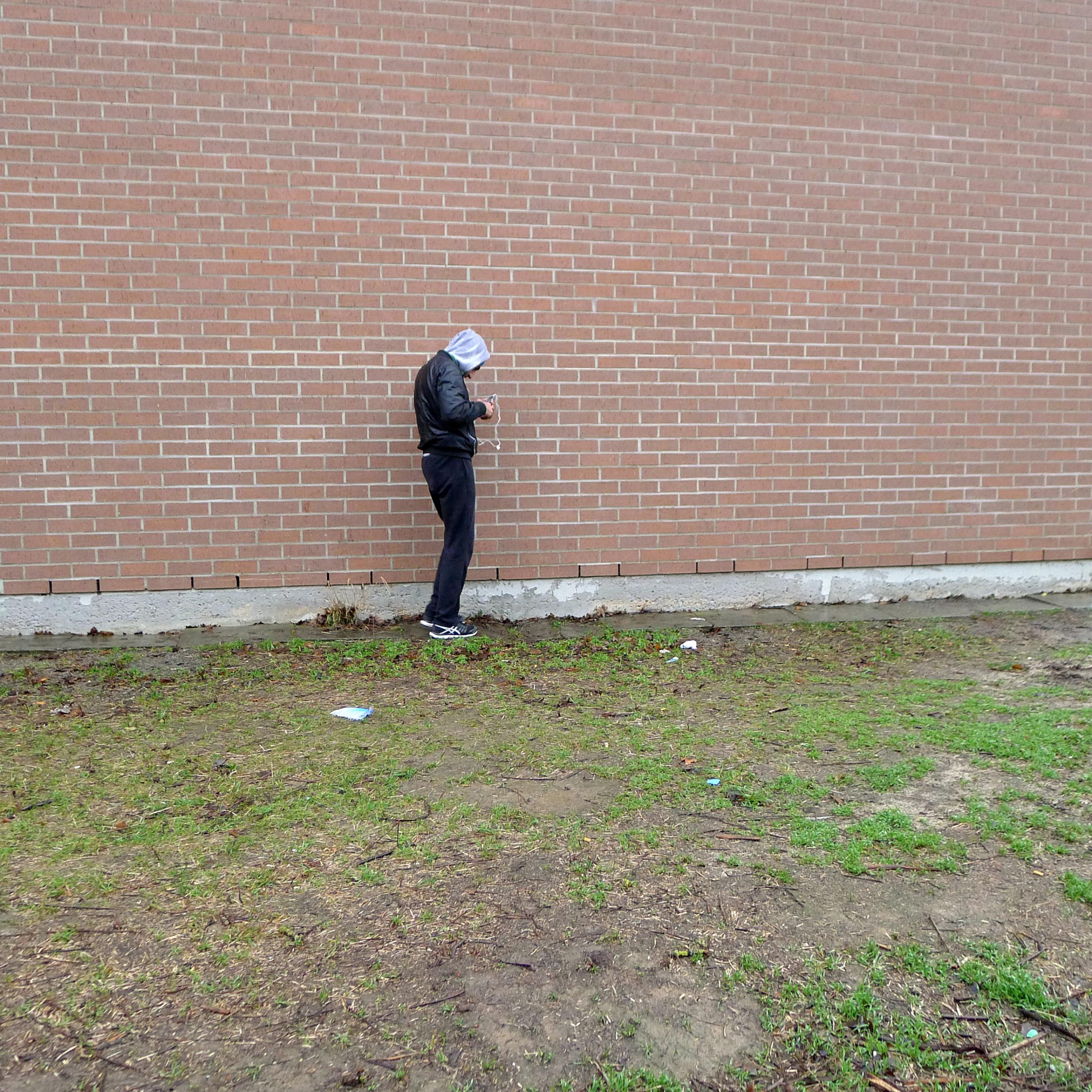

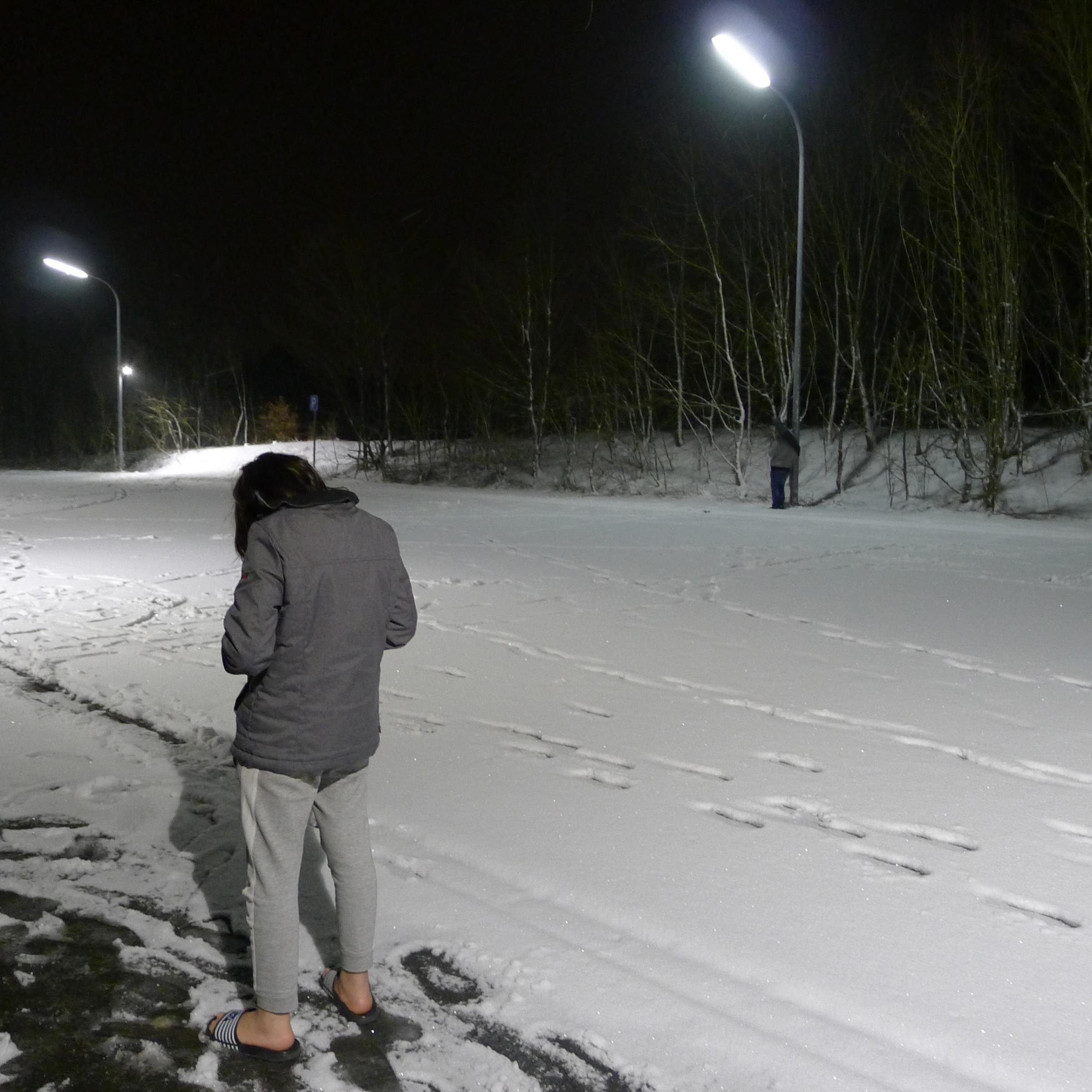
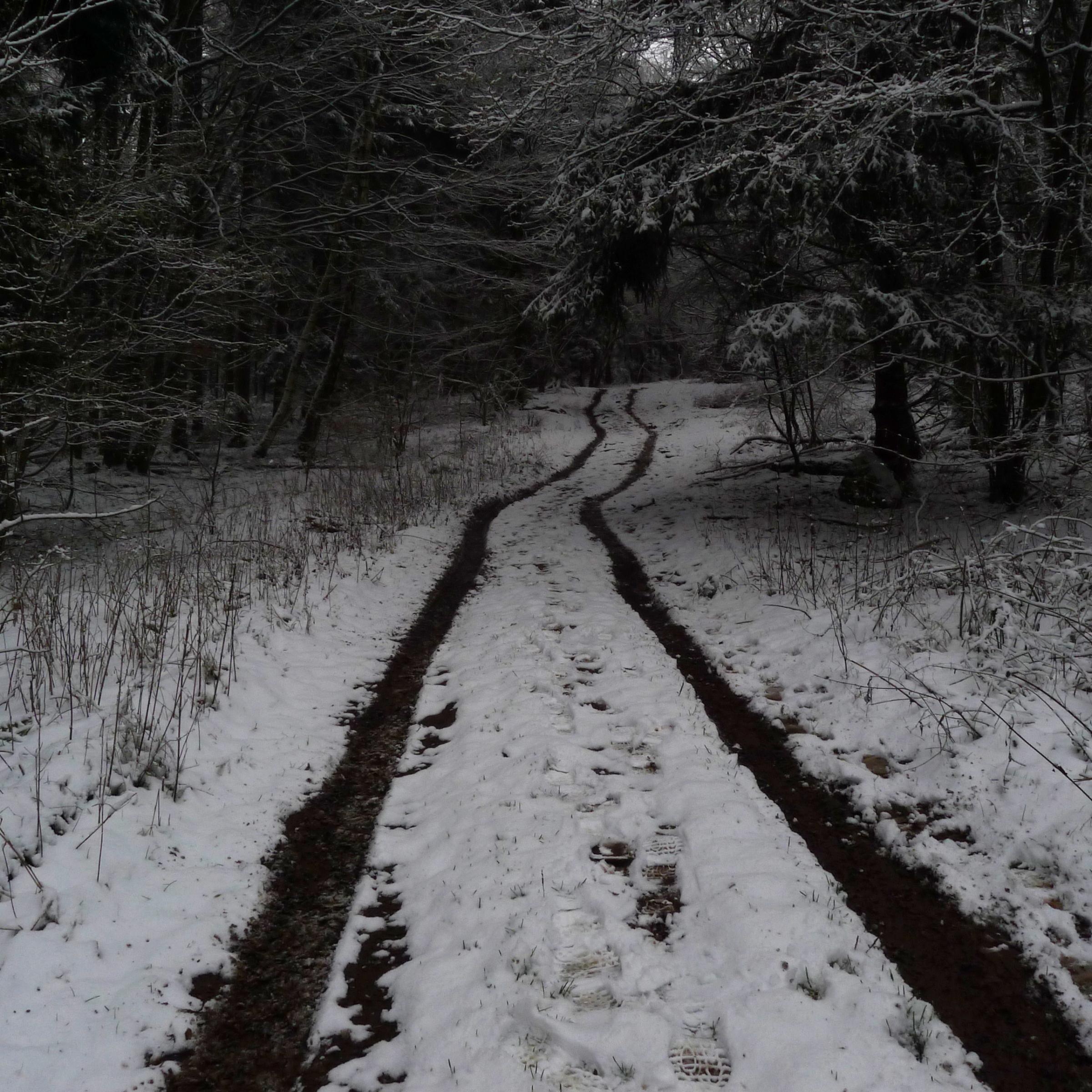
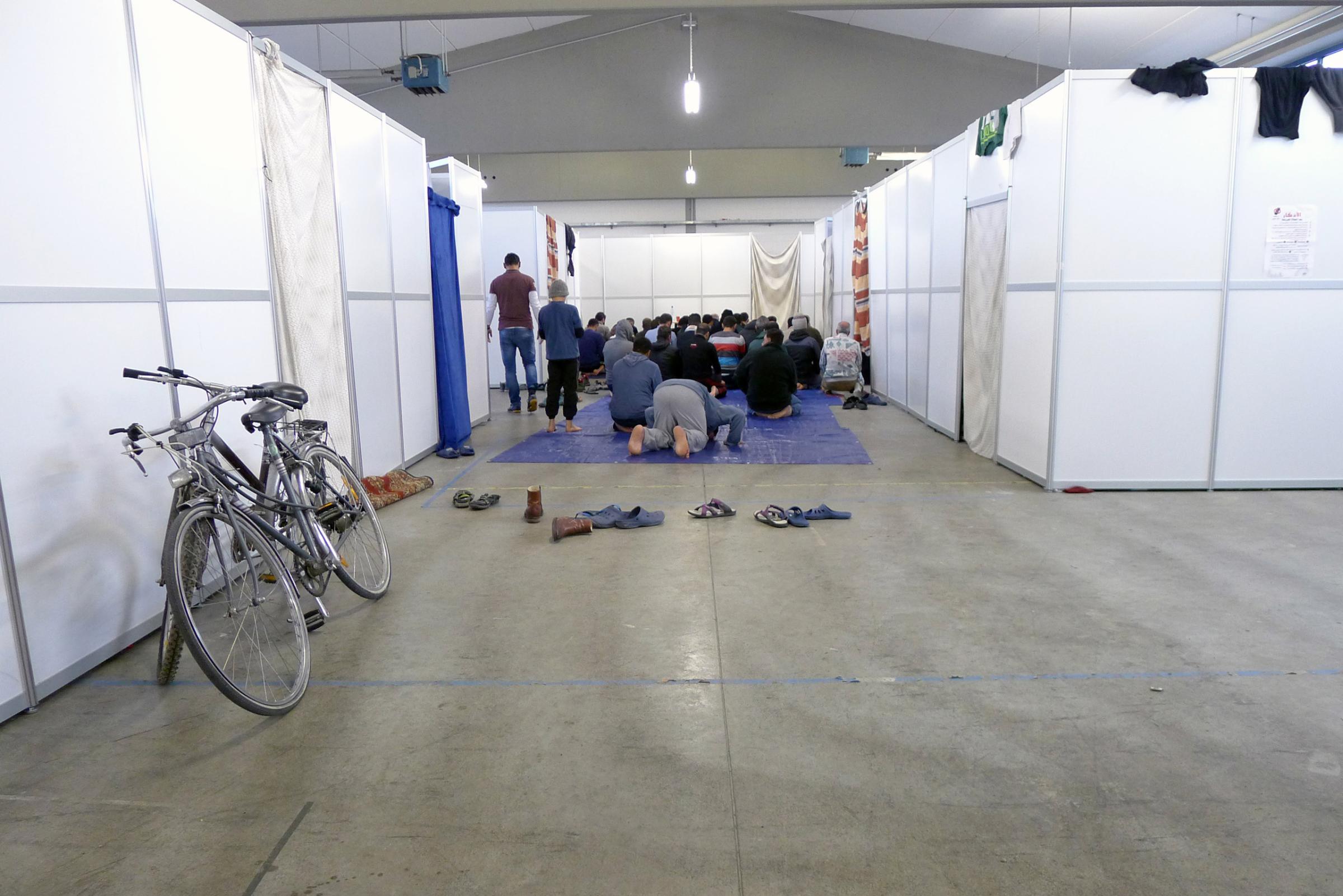
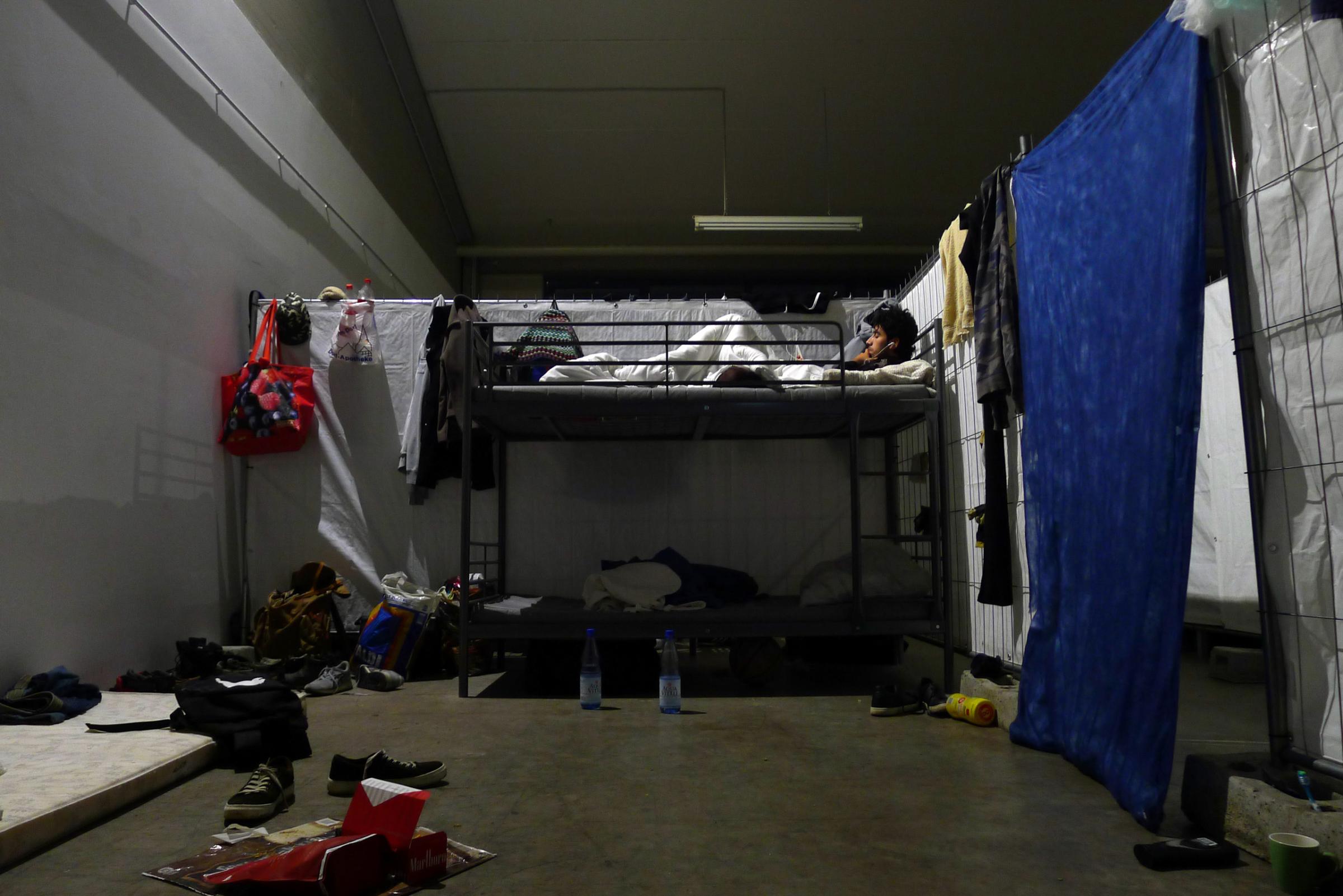



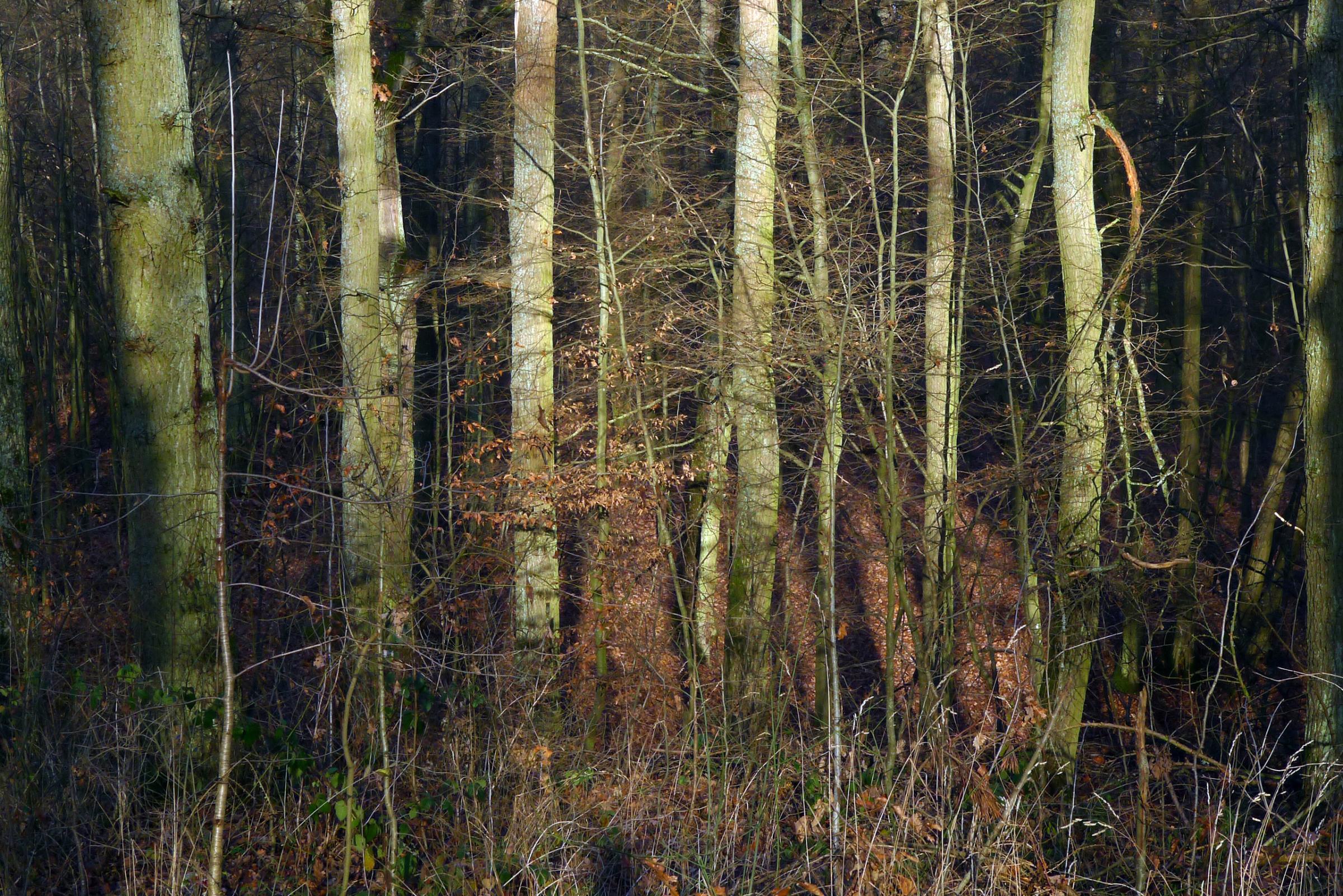
More Must-Reads From TIME
- The 100 Most Influential People of 2024
- Coco Gauff Is Playing for Herself Now
- Scenes From Pro-Palestinian Encampments Across U.S. Universities
- 6 Compliments That Land Every Time
- If You're Dating Right Now , You're Brave: Column
- The AI That Could Heal a Divided Internet
- Fallout Is a Brilliant Model for the Future of Video Game Adaptations
- Want Weekly Recs on What to Watch, Read, and More? Sign Up for Worth Your Time
Contact us at letters@time.com